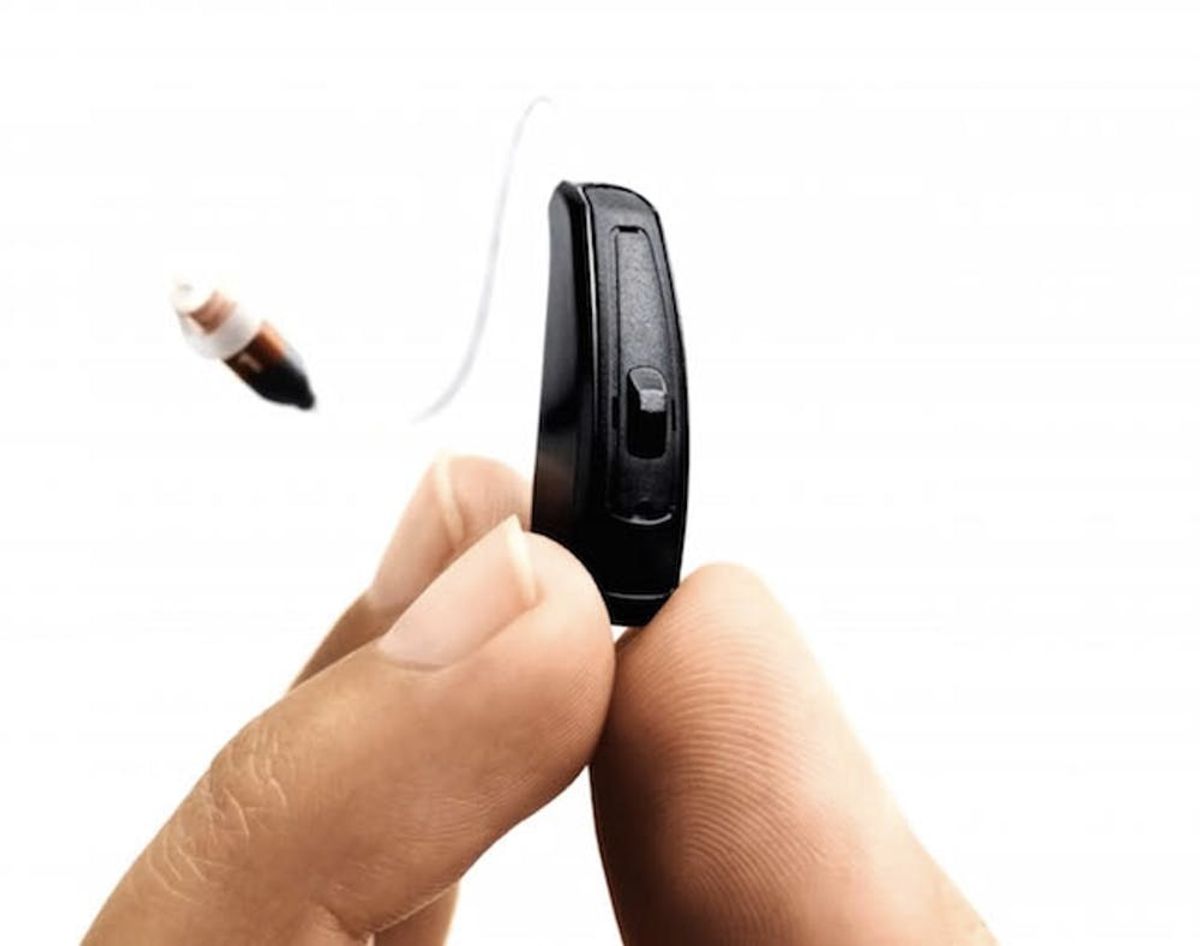9 Wearables Totally Changing the Medical Industry

When someone says “wearables” you naturally think about fitness and health wearables or smartwatches. These wearables can relay notifications to you or track your calories burned — which is cool and all — but the medical industry has been making their own amazing advancements in wearable technology. We’ve found 9 medical wearables that can be worn, consumed and even surgically attached to give us and the medical community greater insight about medicine, illness and ultimately, about the human body.
1. Digitized Medicines: Digitized medicines are placebo tablets that hold ingestible sensors that record specific data about your health. Whoa, right? These tablets are meant to be taken with your daily medication while wearing the adhesive patch wearable. The patch is what tracks your ingested tablet’s sensor and it receives data (such as your vitals) to give you insight about your immediate health — all viewable on your smartphone. If you want, you can even have your data sent to your doctor and family members so they’re not constantly interrogating you about whether or not you’ve taken your daily meds. Proteus Digital Health has been playing a huge part in bringing digitized medicines to reality. And although “reality” means digital medicines are currently only available under “commercial pilot in the US and UK,” they (and we) hope to see fully approved digital medicines in the future.
2. Birth Control Microchips: By 2018, you won’t have to try and remember to take your birth control pills. Instead, you will be able to insert a microchip that is smaller than the width of an index finger, and this microchip will release 30mg of the popular hormone used in birth control pills, levonorgestrel.
3. The Smart Bra: Created by First Warnings Systems, the Smart Bra is a sports bra that detects early signs of breast cancer before any type of screening. Unlike mammography, this smart bra doesn’t expose women to any radiation. The bra allows a constant screening. That information is sent to your doctor for assessment and early cancer detection.
4. SmartStop: Audrey Hepburn might’ve made smoking look classy, but it’s been clear since the ‘70s that cigarettes have dire consequences. Since then, there have been chewing gums and patches that have had their go at nicotine addiction. While some work, others aren’t as effective. Recently, Chrono Therapeutics has created SmartStop, the first wearable that has programmable smoking cessation therapy. SmartStop is able to hamper even the most powerful cravings through timed releases of nicotine and by predicting when cravings will occur. The wearable even connects wirelessly to all mobile devices through Bluetooth. On your phone, the app will give countless amounts of encouragement and when it notices cravings are the highest and it’ll have an ongoing, digital coach to really help committed quitters get through it all. Chrono Therapeutics have recently received $32 million in funding to eventually turn SmartStop into a reality.
5. WAK: WAK stands for Wearable Artificial Kidney. Although this wearable isn’t as sleek or portable as other medical and fitness wearables, the WAK is undisputably an amazing achievement made by Dr. Victor Gura. Patients with kidney problems can just strap on this battery-powered device and go about their daily lives. Sure, it’s bulky and weighs 10 lbs, and the design looks pretty crude, but it totally beats being hooked up to a dialysis machine all day. Using 10 patients from Seattle, testing began back in September. It’s hard to figure out how much the wearable will cost, let alone decipher when the wearable will be available to all patients, but Dr. Gura did mention that it will be more affordable when it begins to be mass produced.
6. Kinsa Smart Thermometer: This smart thermometer does more than check your temperature. It comes with a built-in headphone jack that you plug into your phone and the Kinsa app records your temperature and allows you to input your symptoms (like if you’re feeling cold chills, migraines or dizziness). The app also allows you to input your primary doctor’s phone number so you can reach her instantly. The best part is that the Kinsa app anonymously tracks the symptoms of other Kinsa-users in your area so you and doctors can see what bugs are going around near you.
7. Basis: The Michael J. Fox Foundation partnered up with Intel, originally to gain information about Parkinson’s Disease symptoms through a smartwatch. Over time, it has evolved into a Jawbone–Fitbit hybrid. When you’re walking or getting active, Basis tracks things like steps taken, calories burned and heart rate. At night, it tracks the quality of your sleep by analyzing your sleep patterns. It can also connect to your phone to let you know of any updates, right on your wrist. Future software upgrades are free so you can constantly have the latest Basis.
8. Skin-like Device: This wearable is more like a “paintable” considering it looks like sunblock that hasn’t been rubbed in all the way. This wearable monitors cardiovascular and skin health 24/7. It’s made up of 3,600 liquid crystals that detect temperature changes and will change colors if it detects a temperature change that’s out of the ordinary. The wearable is constantly on because it functions on the electromagnetic waves in the air, and that just boggles our minds.
9. ReSound LiNX: The ReSound LiNX are not only smaller than the average hearing aids; they also pack so many techy features into it that Grandma might have the grandkids jealous! The SmartRange chip built into the ReSound allows Apple devices to connect straight to the hearing aid so that it can stream the audio of whatever you’re doing on your phone to the ReSound. The hearing levels are customizable, and if that’s not cool enough, the frequency levels can be altered at a live concert, creating a personalized listening experience.
Which wearable do you want to see available for the public the soonest? Tell us in the comments below!



















